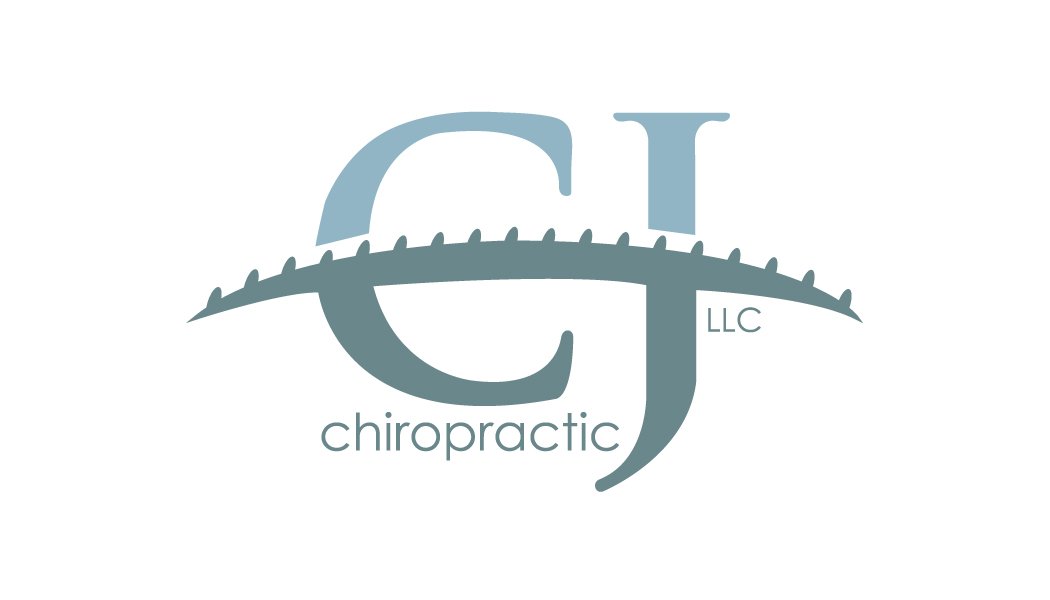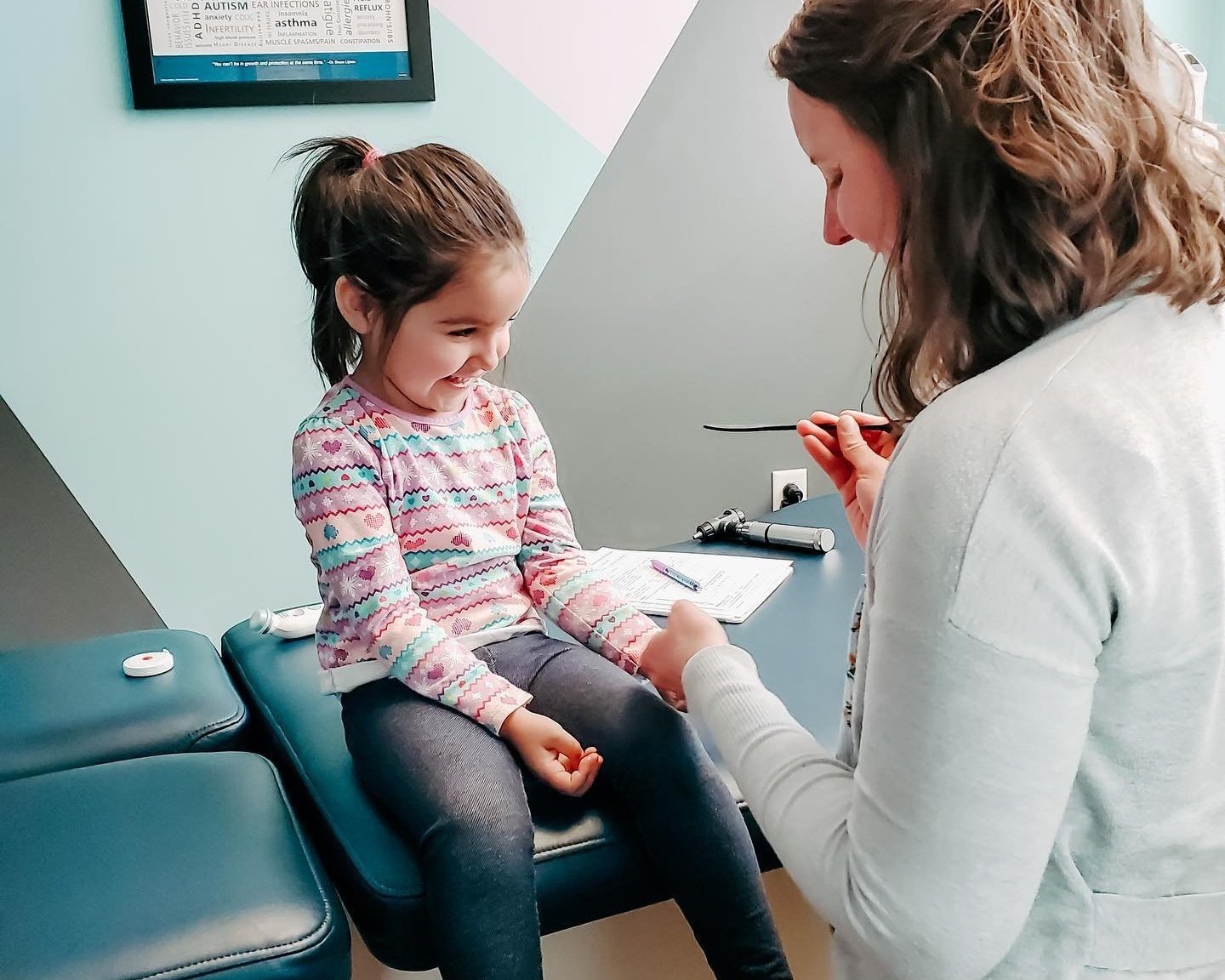
SENSORY PROCESSING DISORDER - HOW TO HELP AND CHIROPRACTIC'S ROLE
-Written by: Christopher Eddy, D.C. - Practicing doctor of CJ Chiropractic in Colorado Springs, CO
The love that us as parents hold for a child is a special kind of love. When our children suffer, we suffer. We want the best for our kids and to let them grow up and experience the childhood of their dreams and hopefully, one day, the world in front of them will have as many amazing opportunities afforded to them! However, if you have a child that is easily overwhelmed by crowds, touching everything, doesn't pick up on social cues, understand personal space, seems to be hurt by just about everything; not only can it be frustrating, but absolutely heartbreaking to watch them struggle.
You as a parent have searched for answers and everything under the sun have told you that this is normal for some children and they will grow out of it. But deep down, you know that this is not how most children behave in various stressful situations. With further digging, you find out that what your child may have is called sensory processing disorder.
Sensory processing disorder is "a condition in which the brain has trouble receiving and responding to information that comes in through the senses." - webmd. The reason this happens is because the normal signals that the brain is trying to receive is more noisy (nociception) than communicative (proprioception). The brain is a sensory processing wonderous machine that relies on movement to stimulate communication of the body to the brain. The brain of your child then uses this information to help plan how to move and operate in the world. It is when the brain has a lack of communicative information, it is replaced with noisy information to signal that something is wrong with that part of the body. This imbalance is known as dis-afferentation. Your child may show ether sensory seeking behaviors to help stimulate their brain with more communicative information, or they sometimes have sensory avoidant behaviors because it increases the noisy signals that agitate them.
What is sensory processing disorder?
Examples of sensory seeking behaviors.
Can’t sit still and seeks thrills (loves jumping, heights, and spinning)
Can spin without getting dizzy
Don’t pick up on social cues
Don’t recognize personal space
Puts items in mouth and chews on things (including hands and clothing)
Seeks visual stimulation (like electronics)
Problems sleeping
High pain threshold
Constantly touching things
Rocking or swaying
Examples of sensory avoiding behaviors.
Low pain threshold
Appearing clumsy
Fleeing without regard to safety
Covering eyes or ears frequently
Picky food preferences or gagging when eating
Resisting hugs or sudden touches
Difficulty controlling emotions
Difficulty focusing attention
Sensitive to bright light and loud sounds
How to help a child with sensory processing disorder.
There are many ways to help a child with SPD. One thing is to understand that your child has this and be able to adapt your behavior as a parent to help your child become more regulated. The issue with sensory processing disorder, is that your child is receiving more nociceptive (noisy/pain) information than they should. This triggers the protective side (fight/flight-sympathetic) of their autonomic nervous system. With the sympathetic nervous system being predominant, this will create a more anxious state, lack of focus (always looking for the next threat), and shut down more cognitive thinking centers in the brain. Trying to talk to your child rationally when they are in the middle of a full blown meltdown is going to go no where! Also children with SPD, will engage in the sensory seeking behaviors above, to help increase proprioception input to the brain. This is why your SPD child looks like they are going all over the place and are out of control, when in reality, they are trying to calm their brain by increasing proprioceptive input (movement!). Knowing this, we can be more graceful with our children and more tolerant to be able to make sure our children are in a calmer demeanor before we try parental constructive guidance.
To tackle the cause of SPD, we need to look at therapies or other interventions that help stimulate appropriate proprioception and with the end goal is to help create a condition in your child's body where the sensory information is more appropriate (more proprioception and less nociception) without the continual movement stimulation. This will help your child be more connected and regulated with their body on the day to day. There are many therapies out there in the realm of physical therapist and occupational therapist, equine therapy, pool therapy, and others. These are all great options, and can make great improvements in your child's sensory processing disorder's condition. There is one intervention that is often mis-understood or not known in sensory processing disorder. However, science tells us that this intervention has the most potent ability to restore sensory dysregulation - Pediatric Chiropractic.
Sensory Processing Disorder and Chiropractic
Chiropractic is positioned to be a major contributor in helping kids struggling from sensory processing issues. The reason for this is that it restores the normal function in the neuro-musculoskeletal system especially that of the neuro-spinal system. It just so happens that the spine (especially in the upper neck) is the organ that generates the most proprioception input (good signals) into the brain! Our colleges and CJ Chiropractic's doctors, Christopher Eddy, DC. and Jenna Bridgewater, DC, CACCP, have found that kids that struggle with sensory processing disorder have what's called dyskinesia located in their spine. This lack of movement triggers the nociception > proprioception input into the brain. This is why your kid maybe overwhelmed easily, or exhibit any other symptoms mentioned above. Their brain is so noisy and has a lack of sense of their body, that extra stimulation is just too much! And they show it!
Another important factor to consider is why do some kids have sensory processing disorder or related struggles and others don't. Sensory processing disorders also seems to be a lot more prevalent than it used to be. I know what you maybe thinking, its toxins, the food, more emotional stress than ever! Your not wrong, but the real answer is different than you think. When taking kids' histories, we find that almost 90% of them had some sort of birth intervention. This can be in the form of c-section, forceps, vacuum, big olé hands, and even induced labor. All of these interrupt the natural forces that are placed on the baby during delivery (the most severe interventions being ones that produce a pulling of the neck). The consequence? Injury to the most vulnerable part of that babies nervous system! The upper neck. This generates aberrant movement and alters the proprioceptive inputs into the brain from the moment they enter the world. Which makes them less adaptable to stress. This is the colicky baby, the gassy baby, that turns into the grumpy toddler, the sensory toddler, to the challenged grade student, to the depressed or anxious teen, to grumpy and tiered adults. Kids will develop with age if we like it or not (the classic saying, "They'll grow out of it"). But if there is interference in their system, they don't grow out of it, they grow into a new struggle that represents their developmental age. To correct this, you have to go to where it all started in the first place. The injury to their sensory nervous system.
Chiropractic's goal is to measure the function of the nervous system through advanced neuro-scanning technology and examination to measure the amount of dysfunction/ or lack of motion that your child has. With this information, a precise and gentle adjustment can be performed on an area we call subluxation. A subluxation is a condition that exhibits dyskinesia (lack of movement), which leads to dis-afferentation, which leads to dysautonomia, which leads to energy imbalance, which leads to disconnection, disruption, and damage.
The chiropractic adjustment is the ONLY modality out there that we know of right now that helps restore normal function at such a high potency with-in the neuro-spinal system. This restores MOVEMENT, which helps increase proprioception, which leads to a calmer autonomic nervous system, which calms energy, and leads to re-connection, better communication, and improved adaptability.
Adaptability, is really what us as parents should be striving for! Life is tough! It's not going to get any easier, and we need to prepare our children for it. When they start life with injury to their nervous system, it's hard for them to adapt, to develop to their full potential. That is our goal here at CJ Chiropractic. That is our mission! We have seen it in real life!
We would love to help your child. Fill out the form below to be contacted for an initial exam and neuro-scans and give us a chance to be apart of a miracle.







